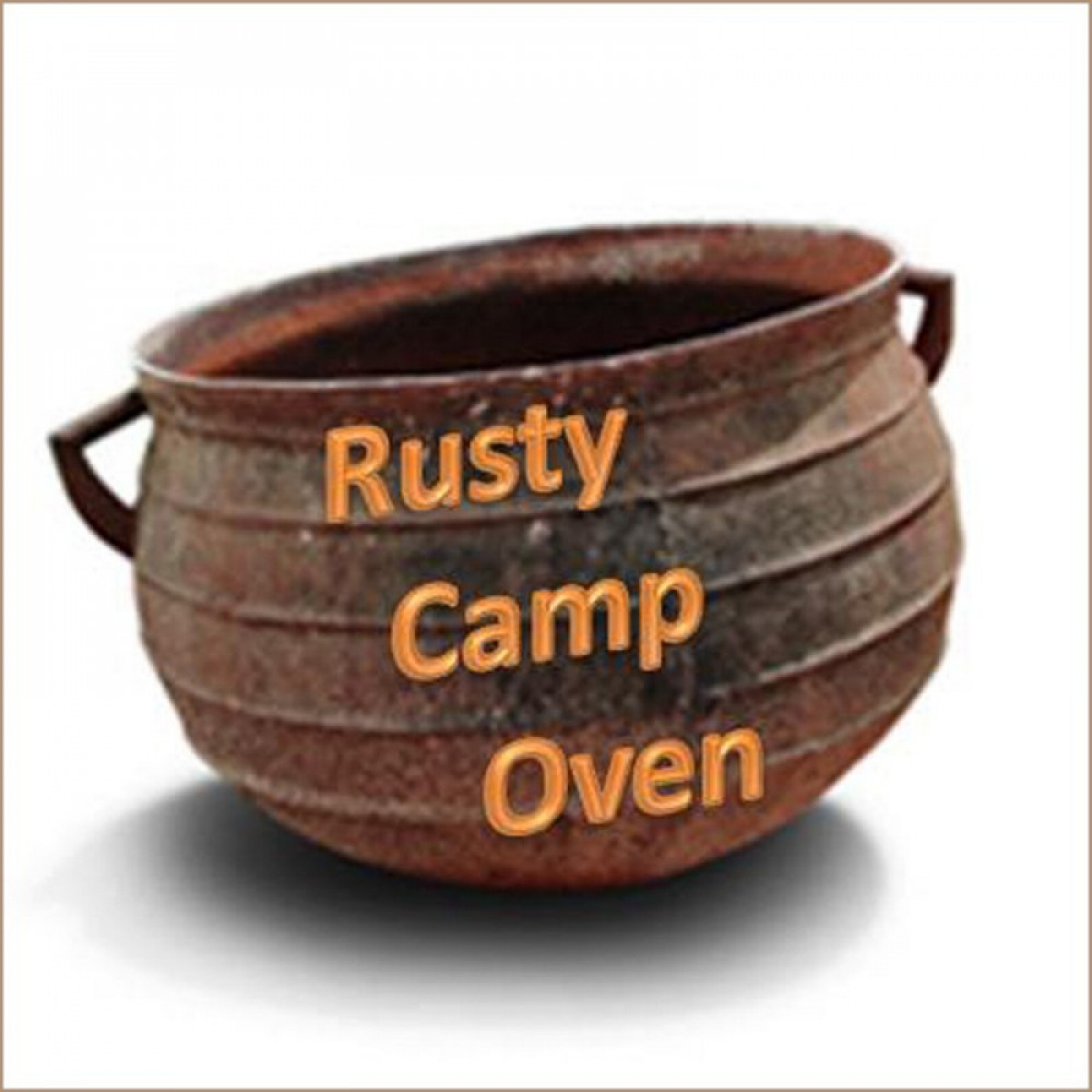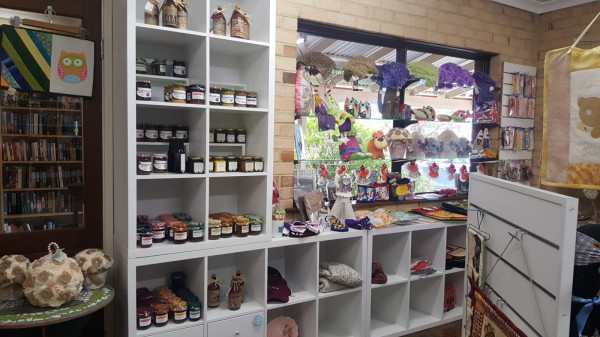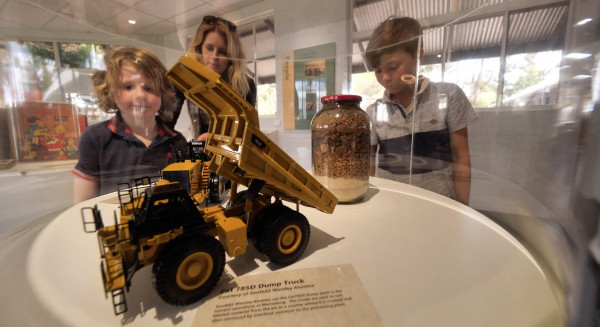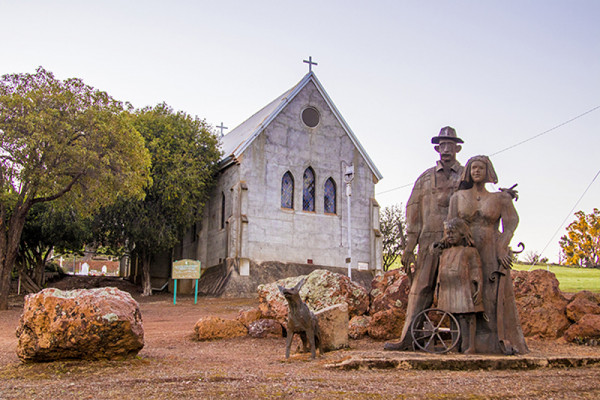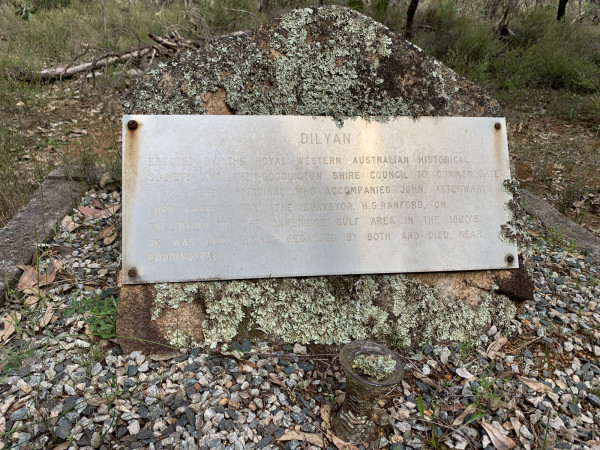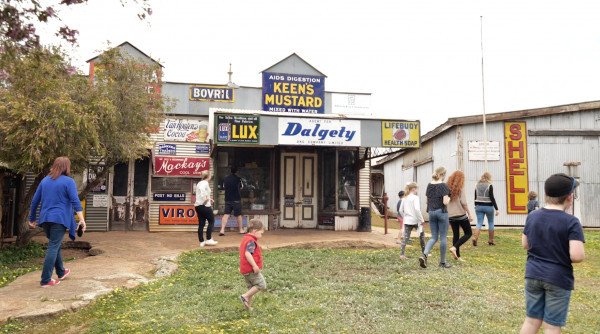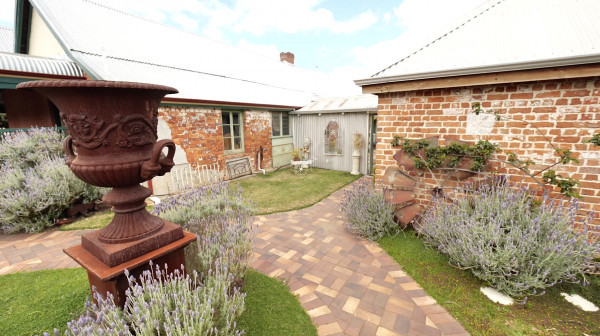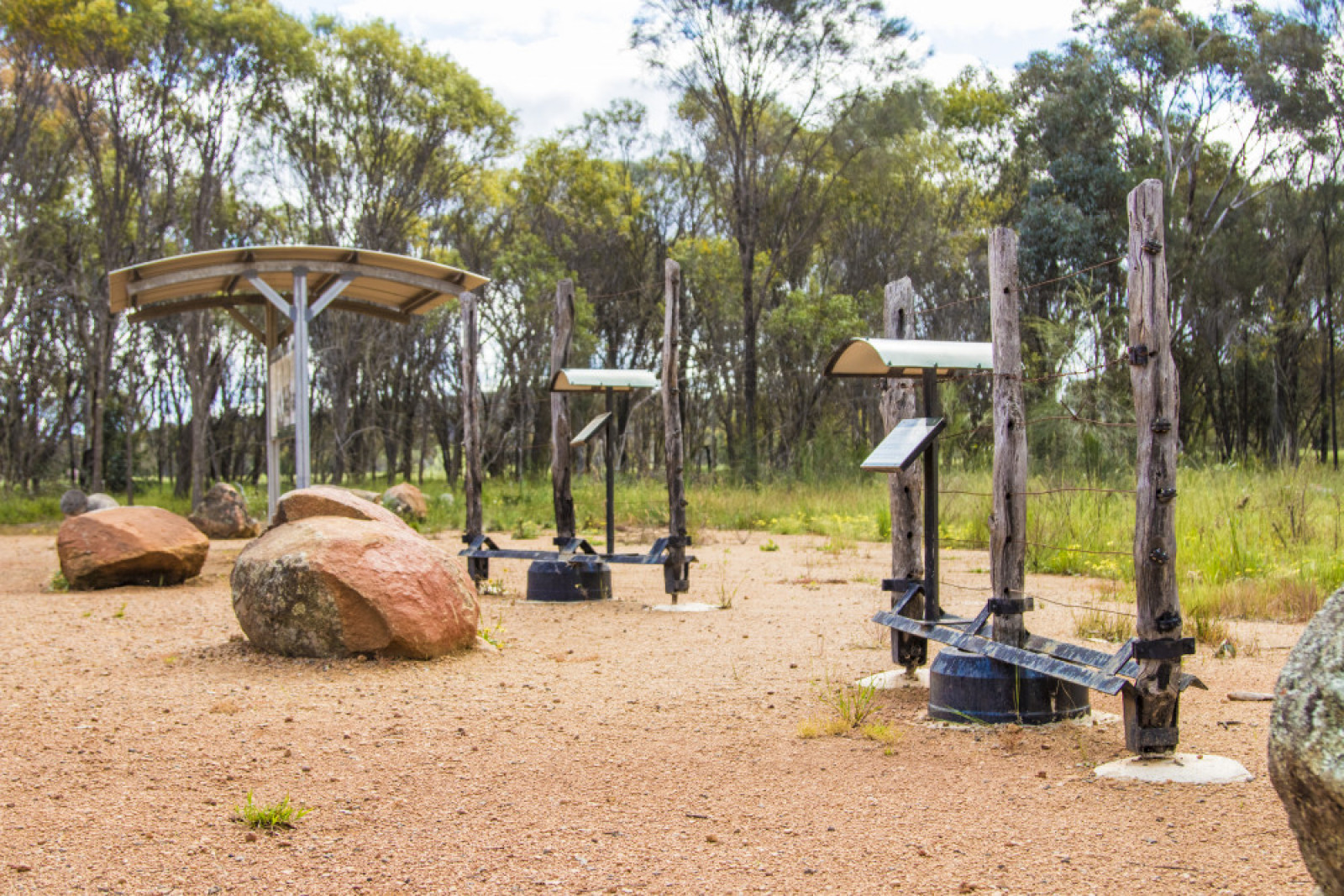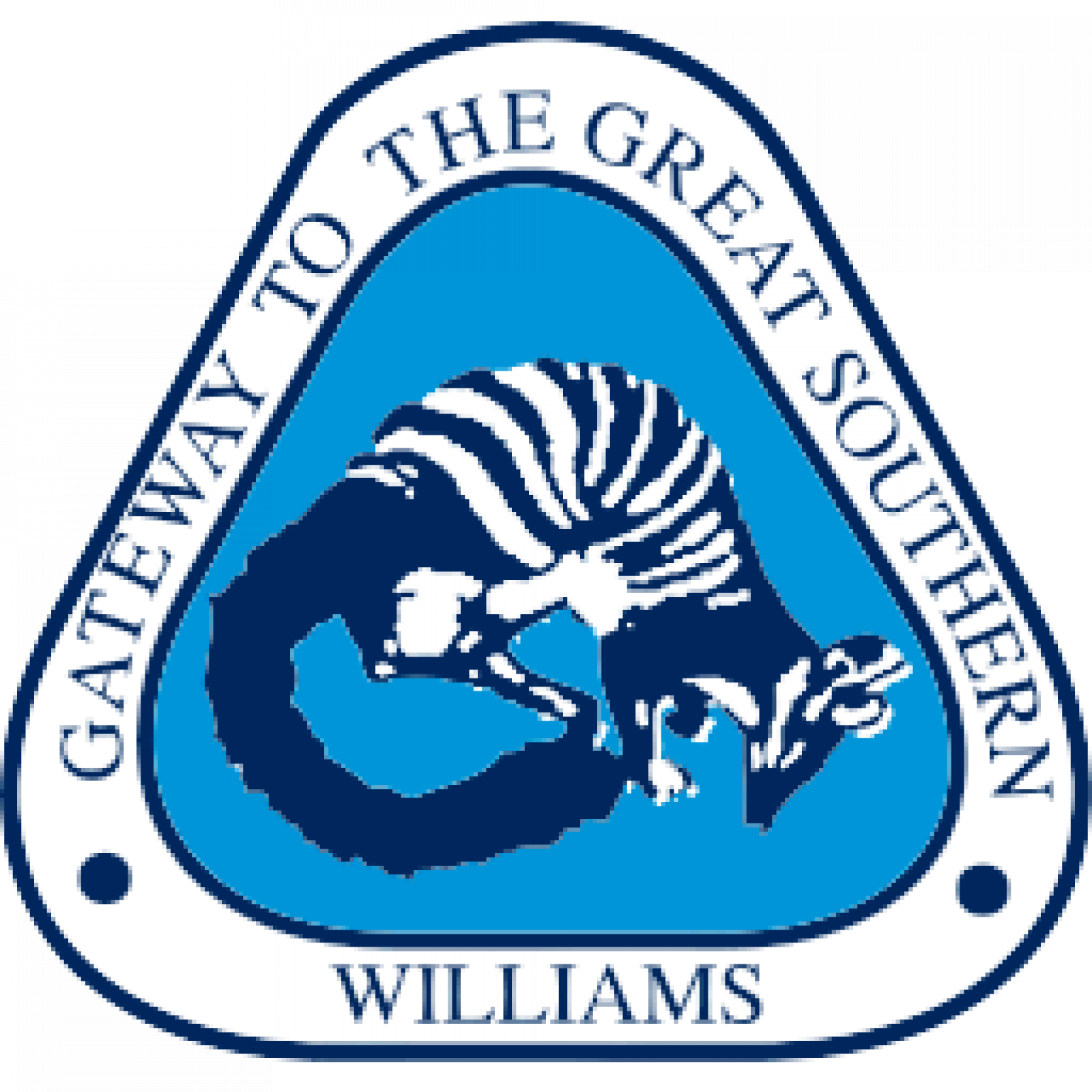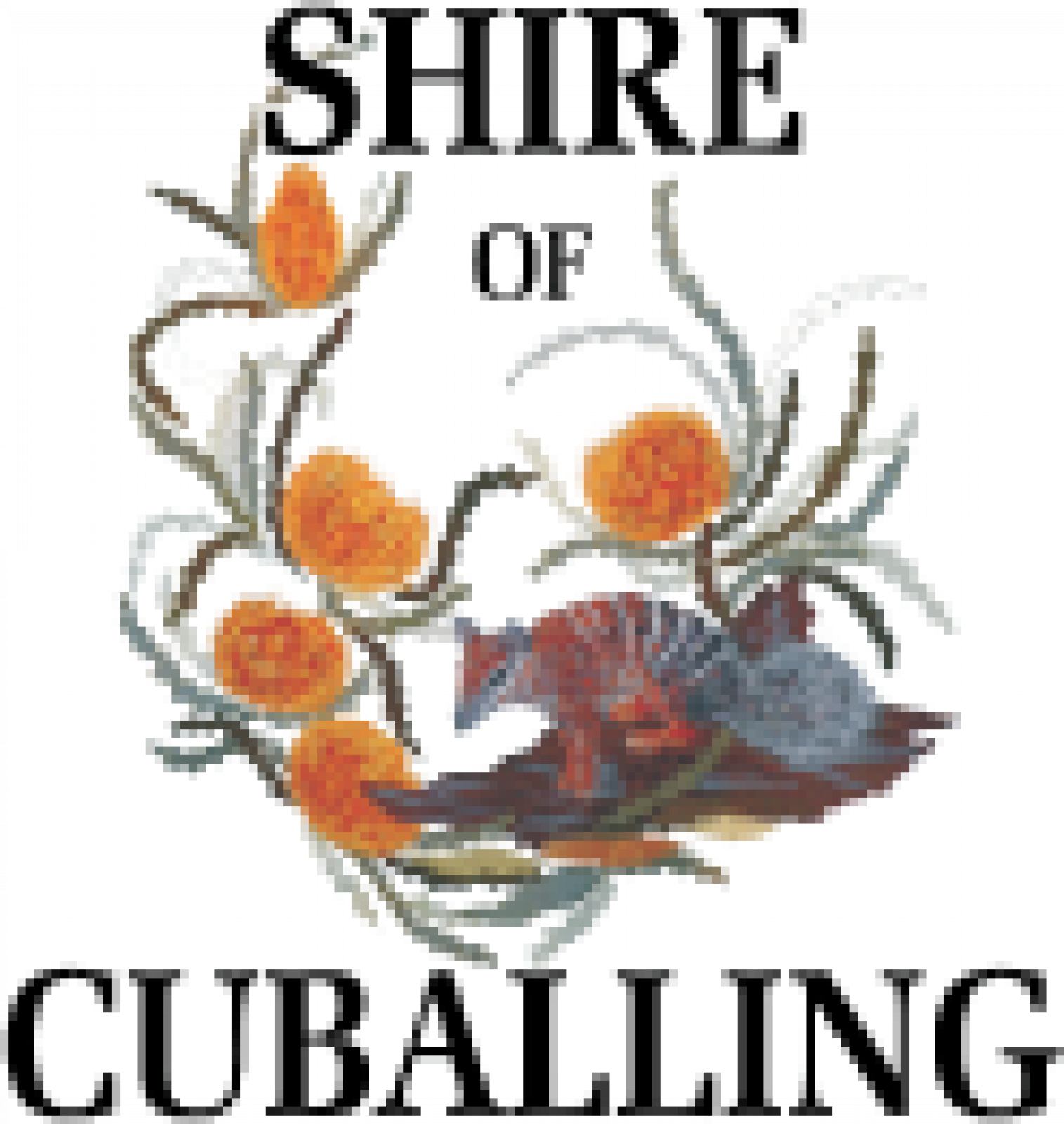Filters:
Wandering Heritage and Nature Trail
A lovely stroll through the bushy outskirts of town along the Wogolin Gully
Rusty Camp Oven and Gallery
The Rusty Camp Oven Café and Gallery offers a tasty in house menu that caters for all ages.
Boddington Arts Council
Local arts & crafts
Boddington Visitor & Interpretative Centre
Learn about Boddington's rich history and environment at the Boddington Visitor & Interpretative Centre
St Alban's Church
A quaint historic church and cemetery originally built in 1894
Dilyan's Grave
Commemorative site of highly respected indigenous local tracker, Dilyan, erected by the Royal Western Australian Historical Society.
Jesse Martin's Historical Village
A private collection of historic buildings and preserved artifacts from a bygone era
Williams Heritage Trail
The Williams Heritage Trail brochure details a total of 19 places of historical interest in the district
Baccus Lord of the Grapes
Acclaimed WA sculptor, Len Zuks' Baccus Lord of the Grapes Sculpture is superbly hand sculpted from cement on the Gold Mine Road in Boddington.
Codjatotine Rest Area & History Stop
Public toilets and history boards

